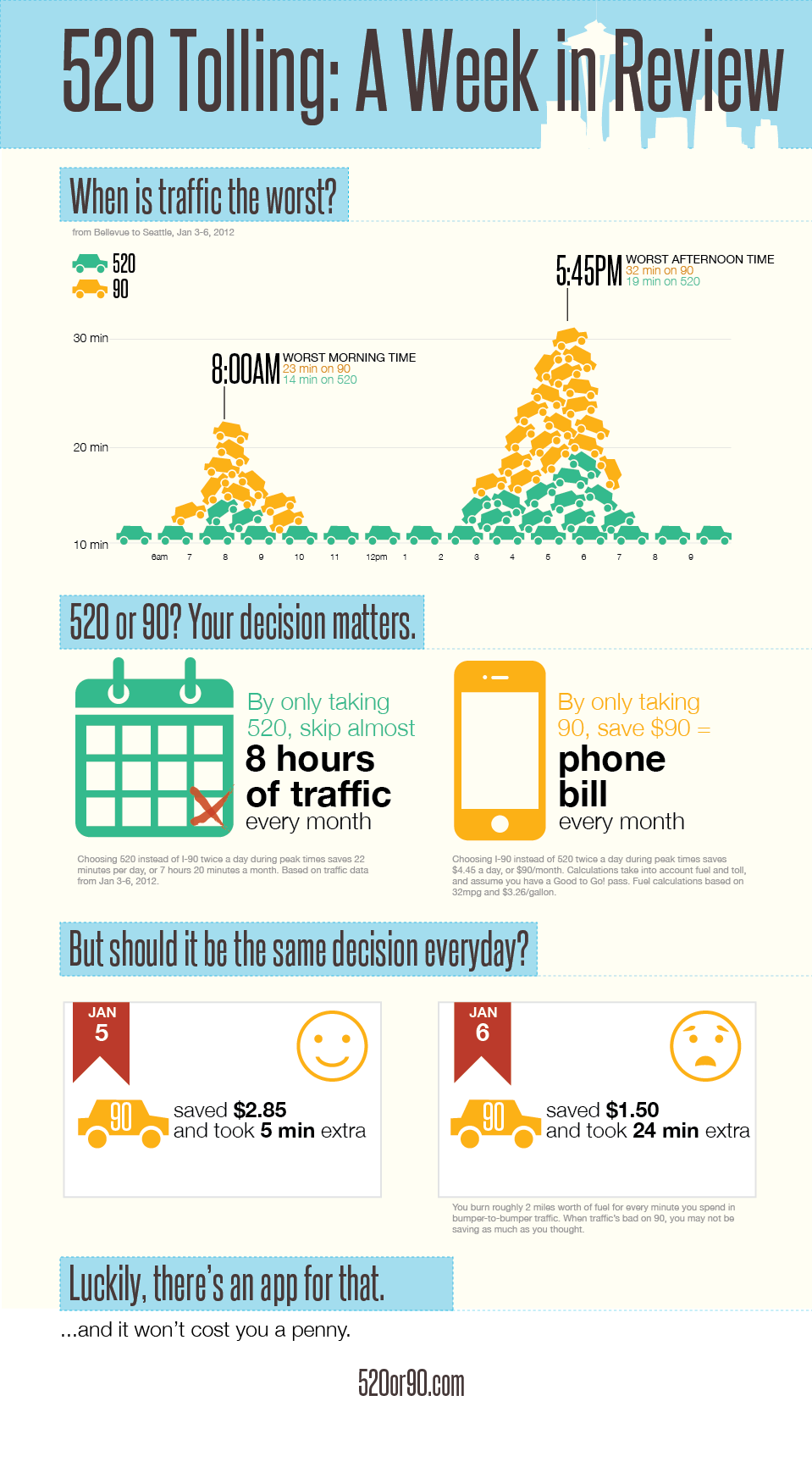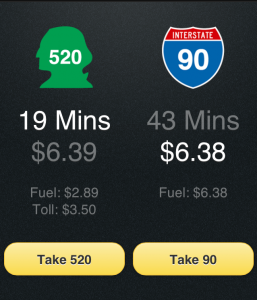The Journey Begins: World’s Largest Tunnel Boring Machine – Bertha – Boards A Ship in Japan Heading to Seattle
Via King5 News
Just spotted this nice report/update on the world’s tallest (5-story-tall) tunnel boring machine (TBM), Bertha, which will begin work in Seattle’s Alaskan Way Viaduct replacement project (SR 99 Tunnel Project). Bertha’s deep-bore tunnel will replace the aging Alaskan Way Viaduct, which will eventually be torn down. She should begin digging next summer. As reported below, Bertha’s 41 pieces – the largest weighing up to 900 tons – are being loaded on a single ship in Japan, leaving around mid-March and arrive in Seattle later this month, if all goes well in the choppy seas.
For those curious about the name Bertha, it was chosen as part of a contest for school-aged kids across Washington state. While we are at it, don’t forget to follow the live tweets from Bertha @BerthaDigsSR99, the only TBM in the world with it’s own twitter account (at least until the project finishes). Pretty cool stuff, right? Also, you can follow the WSDOT blog to stay updated on the project’s progress.






